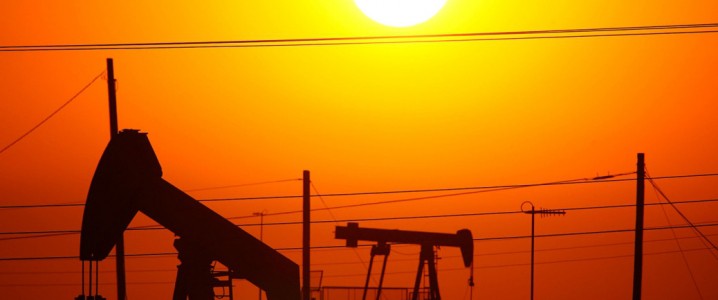
In the previous article, Asia’s Insatiable Oil Demand, I covered global and regional oil consumption numbers according to the recently-released 2018 BP Statistical Review of World Energy.
To recap, global oil consumption rose to a new record high in 2018 and has now increased in 31 of the past 34 years. Over the past decade, global oil consumption has increased by 11.1 million barrels per day (BPD). The primary driver behind the past decade’s demand jump is the Asia Pacific region, which was the source of 77 percent of the world’s demand growth over that time.
Today, I want to discuss the source of the world’s new oil production in recent years.
A decade ago, in the summer of 2008, the price of West Texas Intermediate (WTI) crude was racing toward $150 a barrel. Over the previous three years, the world had only increased oil production by 1.2 million BPD, and it essentially all came from OPEC.
Many analysts, including me, were extremely concerned about the future hold OPEC would maintain over the world’s oil supplies. It appeared that there would an enormous transfer of wealth from those countries dependent upon oil imports — like the United States — to OPEC countries. In many cases, these countries have interests that are hostile to those of the U.S., so this was very much an issue of national security.
But the future played out differently than it seemed it would in the summer of 2008. Unbeknownst to most people, oil producers were experimenting with a marriage between two established oil drilling technologies — horizontal drilling and hydraulic fracturing.
The success of this marriage would unlock oil in tight oil and shale oil deposits that had previously been too expensive to recover, and would result in one of the greatest oil booms the world had ever seen. In fact, the “fracking revolution” caused U.S. oil production to turn upward in 2009, and then rise over the next seven years at the fastest rate in U.S. history.
While it is still true that OPEC produced 42.6 percent of the world’s oil in 2017, the majority of new oil production since 2008 has come from the U.S.

Of the 10.3 million BPD of new oil production since 2008, the U.S. supplied 6.2 million BPD (60 percent). The world’s two other major oil-producing countries, Saudi Arabia and Russia, saw their production increase by 1.7 million BPD and 1.2 million BPD respectively since 2008.
OPEC overall increased its production by 3.6 million BPD since 2008, primarily as a result of production growth in Saudi Arabia, Iraq, and Iran. But OPEC’s gains were limited by production declines in Venezuela, Libya, and Nigeria. There were also regional production declines in Europe, Asia, Africa, and South and Central America.
Also notable is that Canada and Mexico are major oil producers (although Mexico’s production has been declining). Overall, North America supplied 20 million BPD of the world’s oil in 2017 (22 percent). This was ahead of every other region of the world except for the Middle East, which produced 31.6 million BPD, or 34.1 percent of the world’s total.
According to the BP Statistical Review, the U.S. now leads both Saudi Arabia and Russia in crude oil production. This is in part because BP’s definition of “oil” includes natural gas liquids (NGLs), which grew by about two million BPD in the U.S. as natural gas production boomed. Without the NGLs, the U.S. would probably have been behind Saudi Arabia, but probably not Russia, in total oil production.
It is hard to overstate the consequences of the fracking revolution, because the U.S. oil production surge broke OPEC’s stranglehold on global oil prices. But U.S. tight oil production will inevitably slow and once again begin to decline. The key questions are how soon this will happen, and whether a return to >$100/bbl oil — and in turn OPEC’s stranglehold — awaits that inevitability.
























